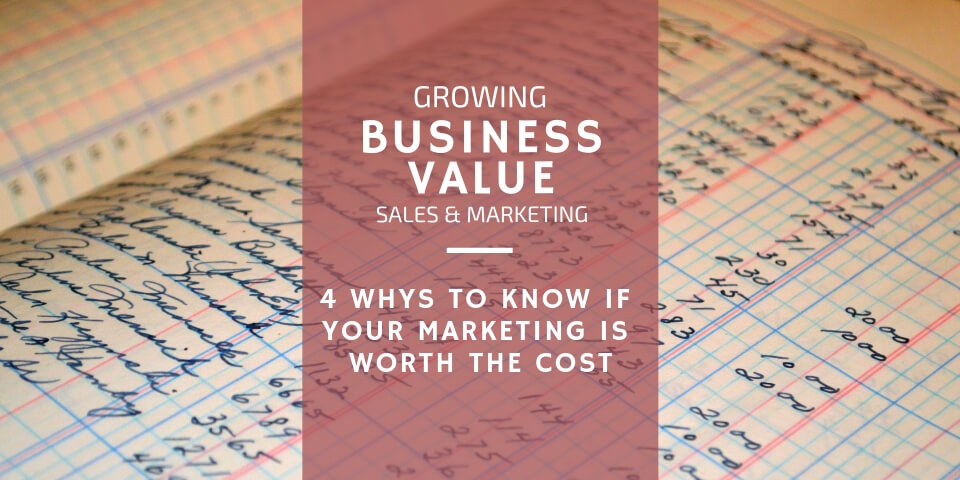
Marketing – A Waste of Money or Essential for Growth?
February 13, 2019
The 14 Aspects of Great Employee Teams
February 15, 2019Peer to Peer Lending: An Alternative Source for Loans

Being a business owner often means needing capital, and sometimes you just don’t have the extra money you need. There are times you will want to turn to a traditional financial institution (i.e. a bank or credit union) for help, and there are times that may not be your best option. That’s where peer-to-peer lending (P2P) could come in. This alternative lending practice has been around for years but has risen in popularity over the last few. However, is it right for you and your business?
What is Peer to Peer Lending?
First, it’s important to understand exactly what P2P lending is and what it isn’t. Peer-to-peer loans are personal, unsecured, fixed-rate loans that come from individual investors rather than from financial institutions. Unlike personal lines of credit, borrowers cannot reuse credit once they pay down the principal balance of the loan. Yet similar to personal lines of credit, borrowers do not need to provide collateral to obtain the loan.
Typically, a service provider like Prosper or The Lending Club will match borrowers and investors through a centralized site, or online platform. On one hand, borrowers come to the websites looking for loans to consolidate credit card debts, fund business start-ups, purchase business equipment, make leasehold improvements, or pay for a myriad of other business or personal projects or needs. On the other hand, investors come to the websites hoping to receive a return on their investments from the interest borrowers pay on the loans. In reality, business owners could be on either side of the loan – either borrowing or lending.
Many people confuse peer-to-peer lending with marketplace lending because both use an online marketplace platform. However, marketplace loans can come from private investors OR from traditional lending institutions. Individuals can secure mortgages, educational loans, and other traditional loans through marketplace lending, and they can compare multiple lenders’ rate offers to obtain the “best” loan for their needs. Good examples of this type of platform would be Lending Tree or Credible. If you are a business owner who is having trouble securing bank financing, though, a marketplace loan probably won’t meet your needs. That’s why many entrepreneurs turn to peer-to-peer lending.
RELATED READING: Investor vs Bank Loan – Which is the Best Source of Startup Capital?
The Lending Process
So just how does peer to peer lending work? Well, once borrowers select an online platform – or a service provider – they choose a loan amount (typically between $1,000 and $50,000) and answer personal questions through an application process. If you are an entrepreneur seeking investment in your “Big Idea,” service providers might even require you to pitch your concept. Once the loan application is submitted, service providers will vet borrowers through credit checks and give selected individuals the rates and terms for which they qualify.
In the meantime, investors browse through approved loans to credit-worthy borrowers by FICO scores, rates, and terms. Then, they can either fund individual loans by themselves or purchase notes with other investors which correspond to fractions of loans. If lenders don’t have time to browse through loans, they can fill out questionnaire forms and have service providers select investments for them that match their risk tolerance levels.
After service providers pair borrowers and investment lenders, they will fund the requested loan amount directly into the borrowers’ bank accounts via direct deposit. Then, they will service the loan by sending invoices, collecting payments from borrowers, and paying lenders.
Pros and Cons of Peer to Peer Lending
Peer-to-peer lending offers many advantages, especially for business owners. First of all, the application process is straightforward with quick approval and funding turnaround times. In fact, you could end up with funds in a matter of days – certainly faster than you would through a traditional loan process.
Second, peer-to-peer lenders typically don’t require borrowers to have “perfect” credit scores or long credit histories to offer approvals. This helps both seasoned and startup business owners. Yet, take heed. P2P loan approvals may come with steep interest rates. But if you can’t get a bank loan, then this is a solid alternative, especially since the rates are often lower than many credit card rates.
Third, if approved, you can use the funds for any business-related purpose. Traditional loans often carry restrictions on how you utilize the money, but P2P loans don’t usually do that.
As great as these loans sound, there are disadvantages. Besides the relatively high-interest rates I already mentioned, many of the P2P loans come with upfront origination fees anywhere from 1% to 5% of the loan amount. You also need to be aware that multiple credit pulls from different service providers can hurt your credit score, so wade through these waters carefully.
Is Peer to Peer Lending Right for You?
Peer-to-peer lending can be a great arsenal in your financial tool belt. If utilized properly, it can propel your business forward in the lean times or allow you to leverage capital in plentiful times. On the flip side, you can even become an investor in P2P lending to diversify your investment portfolio. So whether you borrow or lend, do so with caution, and seek the guidance of your financial advisor.
RELATED READING: 12 Types of Investors That Can Help with Funding a Startup
Here at Financially Simple™ we want to help you make informed financial decisions for your small business with confidence. In doing so, we might recommend products and services that might offer us compensation when you use them. This compensation is used to help offset the cost of creating the content we give to you for free. We will, however, never suggest products/services solely for the compensation received. As stated before, our goal is to make understanding money for the business owner, his family, and anyone visiting this website—financially simple.
If you’re unsure if peer-to-peer lending is right for you, contact your financial advisor. If you don’t have a financial advisor, contact us. We’d love to talk with you.



